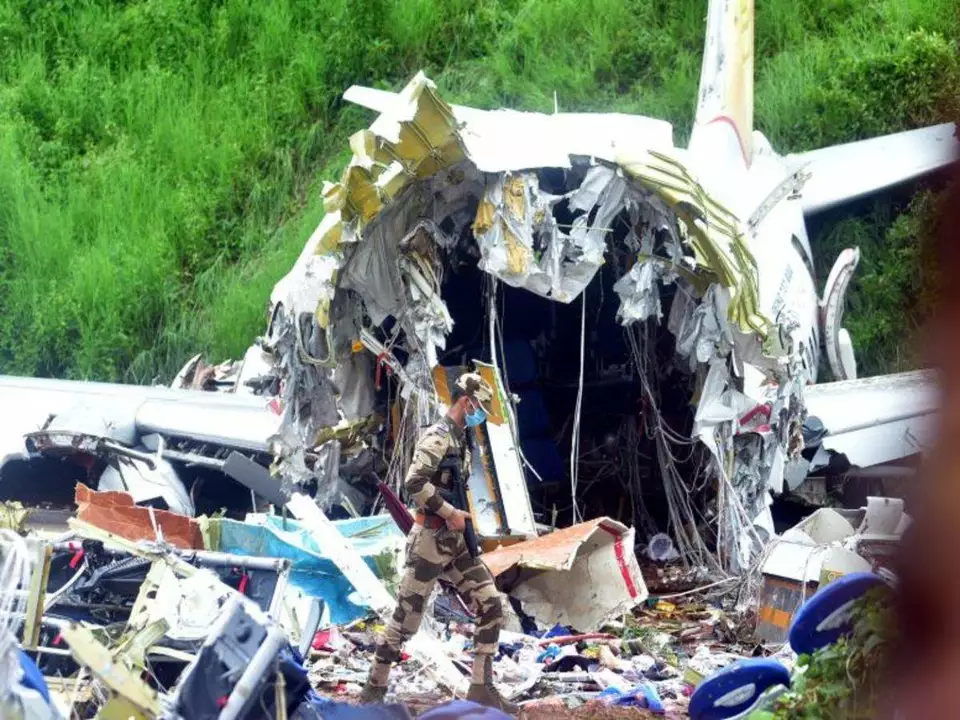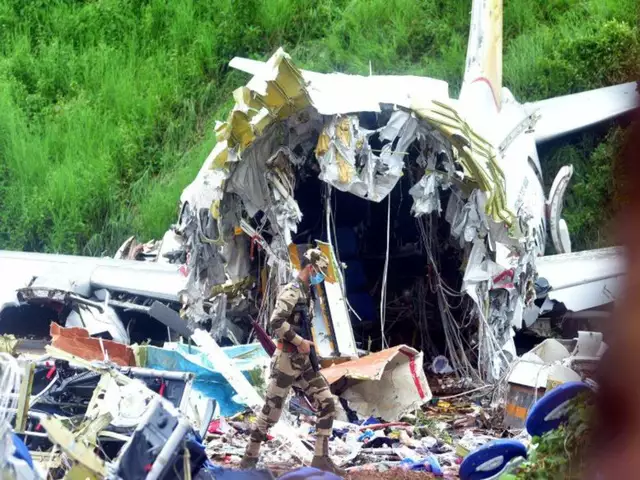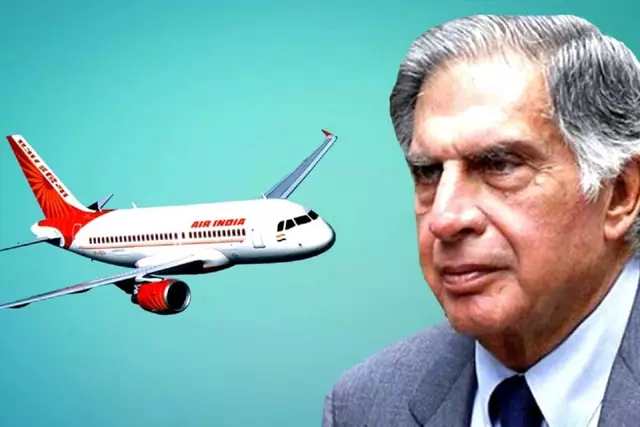
Introduction: A Tragic Event in Air India's History
The recent crash landing of an Air India flight has left the entire world in shock and grief. As we mourn the loss of lives, we can't help but wonder what went wrong with Air India that led to this unfortunate event. In this article, we will delve into the possible factors that contributed to the crash landing, and analyze the steps that can be taken to prevent such incidents in the future.
The Ageing Fleet: A Safety Hazard
One of the primary factors that has been under scrutiny is Air India's ageing fleet. The airline has been operating with old aircraft, some of which have been in service for more than two decades. The wear and tear on these planes can lead to mechanical issues and malfunctions, which can ultimately result in accidents. It is crucial for airlines to invest in upgrading their fleet to ensure the safety of their passengers.
Inadequate Crew Training: A Recipe for Disaster
Another aspect that has been questioned is the level of training provided to the crew members of Air India. Proper training and knowledge of safety procedures are vital in times of crisis. If the crew is not adequately trained, they may not be able to respond effectively during emergencies, which could lead to catastrophic consequences. Air India must prioritize the training of its crew members to ensure they are equipped to handle any situation that arises during a flight.
Poor Maintenance: A Risky Business
Air India has been criticized for its poor maintenance practices. Regular maintenance checks are essential to detect and address any issues with the aircraft before they become a threat to the safety of passengers. Airlines must allocate sufficient resources and time to ensure all aircraft are maintained to the highest standards. This will not only help in preventing accidents but also improve the overall performance and reliability of the fleet.
Financial Struggles: Compromising on Safety
It is no secret that Air India has been facing financial difficulties for quite some time now. This has led to cost-cutting measures that could potentially compromise the safety of passengers. When airlines face financial constraints, they may be tempted to cut corners on areas such as maintenance, crew training, and upgrading of the fleet. It is crucial for Air India to address its financial issues and ensure that safety is not compromised at any cost.
Overworked Staff: A Threat to Efficiency
The airline industry is known for its demanding work schedules, and Air India is no exception. Overworked staff can lead to fatigue and decreased efficiency, which can have a direct impact on the safety of passengers. It is essential for airlines to strike a balance between maintaining operational efficiency and ensuring the well-being of their staff. A well-rested and alert crew is more likely to respond effectively during emergencies.
Ineffective Communication: A Barrier to Success
Effective communication between different departments within an airline is crucial for smooth operations and overall success. In the case of Air India, there have been reports of a lack of proper communication between the management, maintenance teams, and crew members. This can create confusion and delays in addressing critical issues that may affect the safety of passengers. It is essential for Air India to establish clear channels of communication and foster a culture of teamwork to ensure the best possible outcome for all stakeholders.
Conclusion: Learning from the Past, Building for the Future
As we continue to grapple with the tragic events that unfolded in the Air India crash landing, it is essential for us to learn from this experience and take the necessary steps to prevent similar incidents in the future. This includes investing in the modernization of the fleet, improving maintenance practices, and ensuring the highest level of training for crew members. We must also prioritize the well-being of airline staff and foster effective communication within the organization. While we cannot change the past, we can certainly work towards building a safer and more reliable aviation industry for the future.








Write a comment